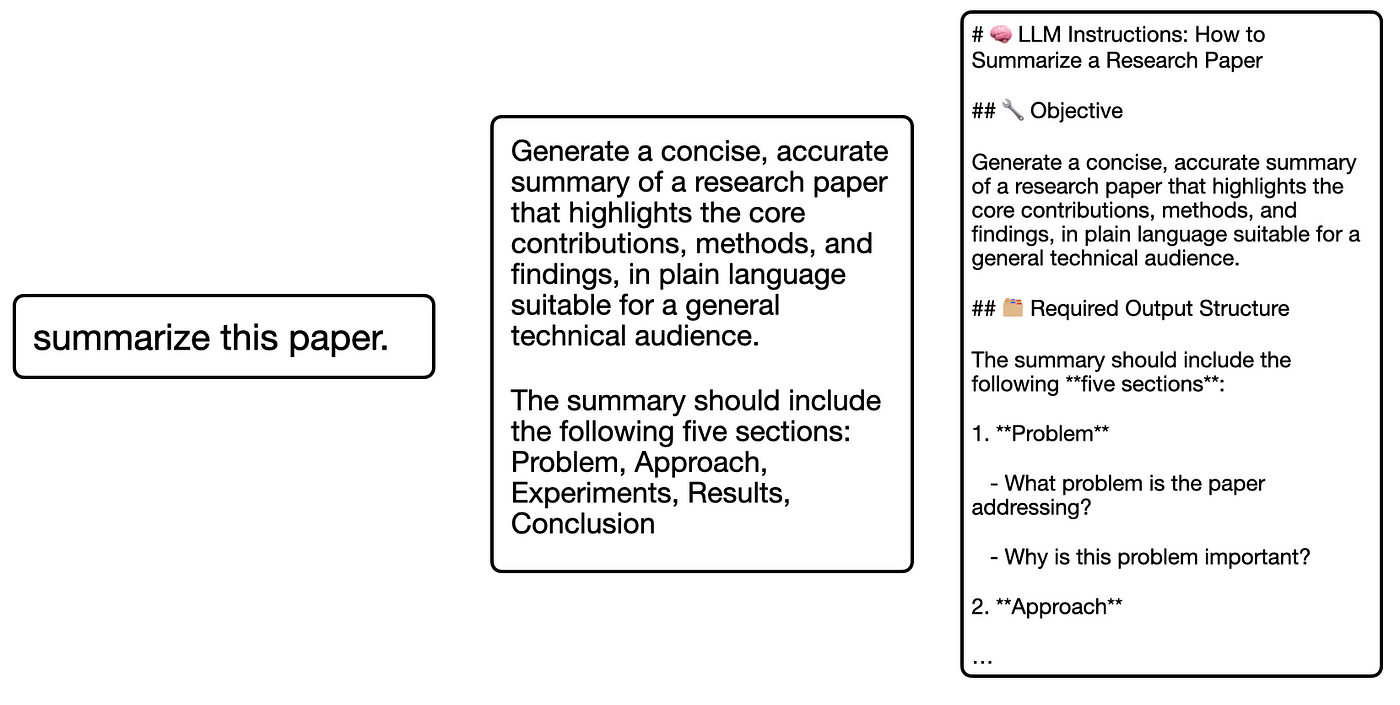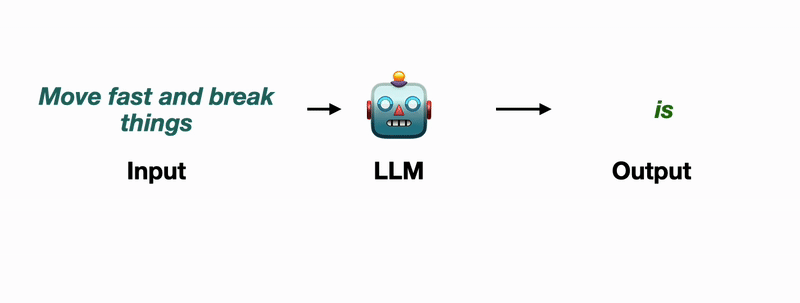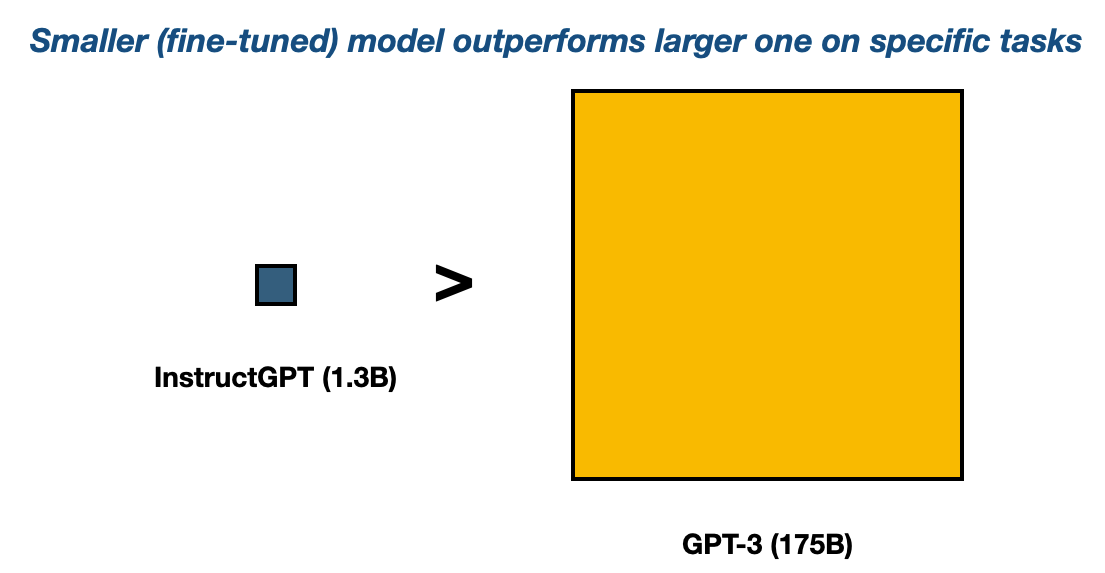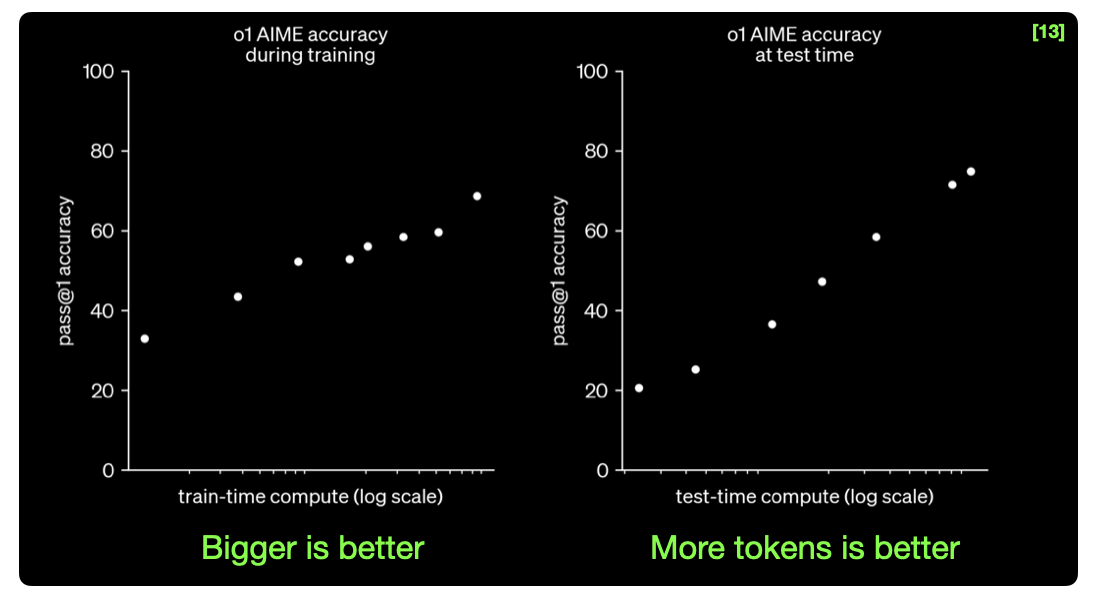30 AI Core Concepts Explained: A Founder’s Guide to Cutting Through the Hype
Photo by Nahrizul Kadri on Unsplash
This definitive guide decodes 30 essential AI terms through real-world analogies and visual explanations. Designed for non-technical decision-makers, it serves as both an educational resource and strategic reference for AI implementation planning.
I. Foundational Architecture
1. Large Language Models (LLMs)
Digital Reasoning Engines
-
Power ChatGPT, Claude, and Gemini applications -
Process 100k+ word contexts (equivalent to a novel) -
Example: Summarizing research papers vs. generating marketing copy

Three approaches to document summarization (Author’s original graphic)
2. Context Window Capacity
The Memory Constraint
-
Standard models: ~100k tokens (1 token ≈ ¾ word) -
Cutting-edge: Gemini 1.5 Pro handles 1M+ tokens -
Business impact: Determines document analysis depth
3. Inference Mechanics
Token-by-Token Generation
-
Works like predictive text on steroids -
Cost factor: Each output word requires separate computation -
Speed vs. quality tradeoffs in enterprise deployments

Visualizing LLM text generation (Author’s original animation)
II. Interaction Optimization
4. Prompt Engineering
The Art of AI Communication
5 proven techniques:
-
Specificity: “Summarize this clinical trial report in 3 bullet points for FDA reviewers” -
Contextualization: “The user is a first-year biology student” -
Structuring: Using XML-like tags for clarity -
AI-Assisted Refinement: “Help me improve this prompt” -
Demonstration: Showing ideal response formats
5. Few-Shot Prompting
Learning by Example
-
Crucial for complex formatting needs -
Case study: Generating legal contracts with predefined clauses -
Reduces misinterpretation by 63% (Industry benchmarks)

Template-based prompt enhancement (Author’s original graphic)
III. Security Frameworks
6. Prompt Injection Attacks
Emerging Threat Vectors
-
Data exfiltration risks -
Inappropriate content generation -
Unauthorized API access -
Real-world example: Chatbot manipulated to reveal API keys
7. AI Guardrails
Three-Layer Defense
-
Input Sanitization: Regex filters and sentiment analysis -
Output Validation: Secondary LLM content screening -
API Governance: Strict permission tiers

Enterprise-grade protection workflow (Author’s original diagram)
IV. Knowledge Enhancement Systems
8. Retrieval-Augmented Generation (RAG)
Dynamic Knowledge Integration
-
Combines LLMs with updatable databases -
Eliminates retraining needs for new information -
Implementation cost: 40% lower than custom models

Enterprise RAG architecture (Author’s original schematic)
9. Semantic Search
Meaning-Based Retrieval
-
Surpasses keyword matching limitations -
Technical process: -
Convert text to vectors -
Calculate cosine similarity -
Return most relevant chunks
-
-
Accuracy improvement: 72% over traditional search
V. Advanced Implementations
10. AI Agents
Autonomous Workflow Systems
-
Tier 1: Basic task automation -
Tier 2: API-integrated operations -
Tier 3: Multi-agent collaboration networks -
Market projection: $450B industry by 2030
11. Function Calling
Bridging Language and Action
-
Natural language → API execution -
Common integrations: -
CRM systems -
Payment gateways -
IoT device controls
-
12. Model Fine-Tuning
Specialization Strategies
| Model Type | Parameters | Use Case |
|---|---|---|
| Foundation | 100B+ | General-purpose |
| Fine-Tuned | 1-10B | Industry-specific (e.g., pharma compliance) |

Performance comparison from OpenAI research
VI. Cost Analysis
13. Training Economics
The Scaling Challenge
-
-
Model size (parameters)
-
-
-
Data volume (10T+ tokens)
-
-
-
Compute resources ($100M+ for top models)
-
14. Inference Costs
Operational Considerations
-
Per-token pricing models -
Hidden expenses: -
Latency penalties -
Error correction cycles -
Infrastructure maintenance
-

Training vs. inference cost curves (Industry research data)
VII. Emerging Frontiers
15. Reasoning Models
Step-by-Step Cognition
-
deliberation tags -
Audit trails for regulatory compliance -
Accuracy boost: 89% on STEM problems
16. Model Distillation
Efficiency Breakthroughs
-
GPT-4o-mini: 70% cost reduction -
Knowledge transfer techniques -
Edge device deployment potential
Strategic Takeaways
-
Implementation Roadmap
-
Start with RAG + prompt engineering -
Progress to fine-tuning for specialization -
Deploy agents for workflow automation
-
-
Cost Optimization
-
Match model size to task complexity -
Monitor token usage patterns -
Consider distilled models for high-volume tasks
-
-
Risk Management
-
Implement input/output validation layers -
Conduct regular security audits -
Maintain human oversight protocols
-
-
Future-Proofing
-
Allocate R&D budget for agent systems -
Monitor reasoning model advancements -
Build adaptable API architectures
-
Bookmark this guide as your AI decision-making compass. For implementation case studies or technical deep dives, engage with our expert community in the comments section.
